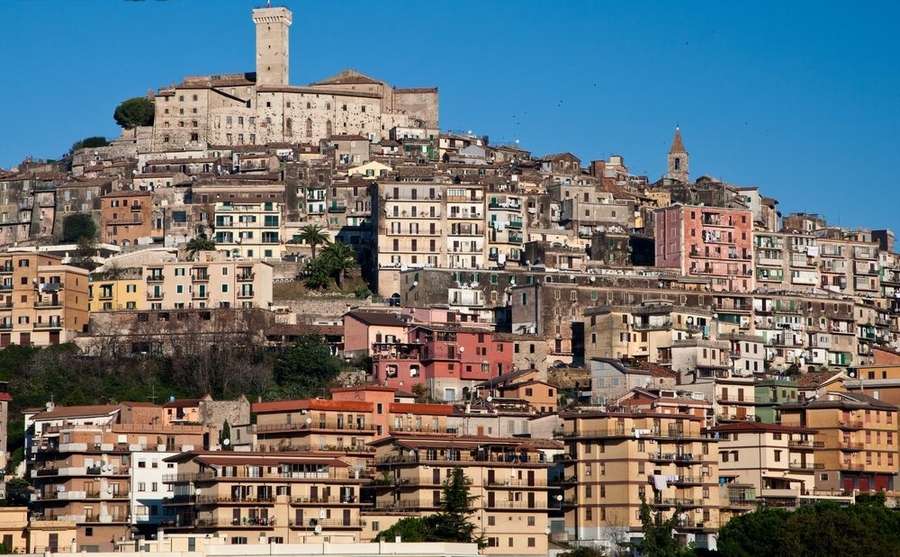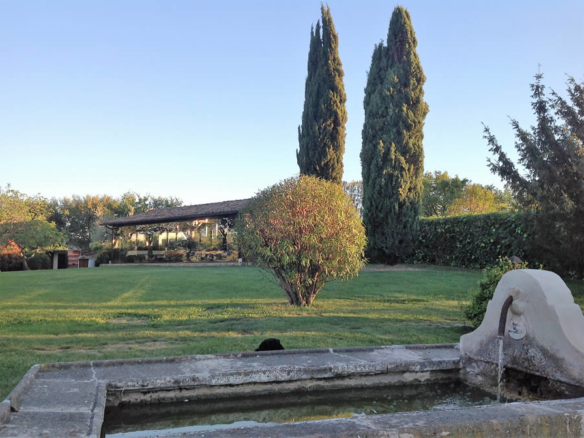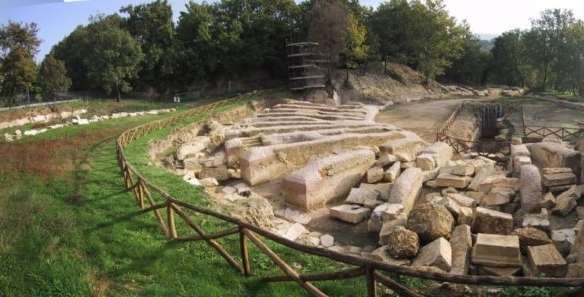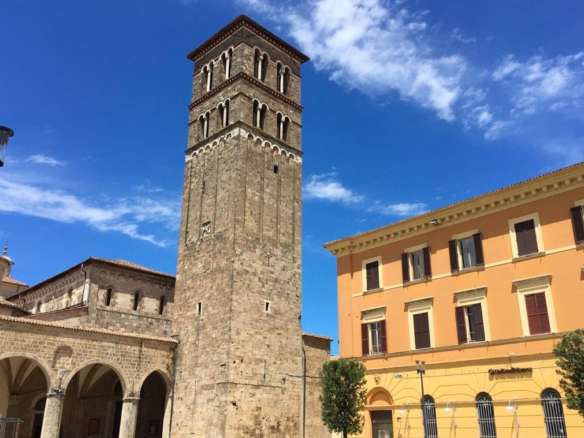Palombara Sabina is a beautiful village in Sabina that deserves to be visited at least once in a lifetime.
At La Sabina nel Cuore we love the Sabine area and all those small villages that characterize it.
This Sabine village is located in the province of Rome and offers beauties to be admired. Let’s see together what you absolutely cannot miss if you are in Palombara Sabina.
The historical center
The village of Palombara Sabina is completely perched at the foot of “Monte Gennaro”. The village dates back to the 10th century, during the fortification period. On the highest point you can admire the Savelli Castle (we’ll talk about it later).
The alleys of Palombara Sabina are very narrow and characteristic, immerse yourself in the historic center and admire the medieval structure of the houses.
The Savelli Castle
The Savelli Castle of Palombara Sabina is located in the highest point of the historic center of the village. It was built around the year 1000 by the will of the Crescenzi Ottaviani family.
Inside the castle it is possible to admire the frescoes by Baldassarre Petruzzi.
The Castle was recently restored (2008) and inside it is now possible to visit the Naturalistic Museum.
Following the restoration in 2008, an exhibition of Roman marble sculptures found in 1986 in the Formelluccio locality was inaugurated.
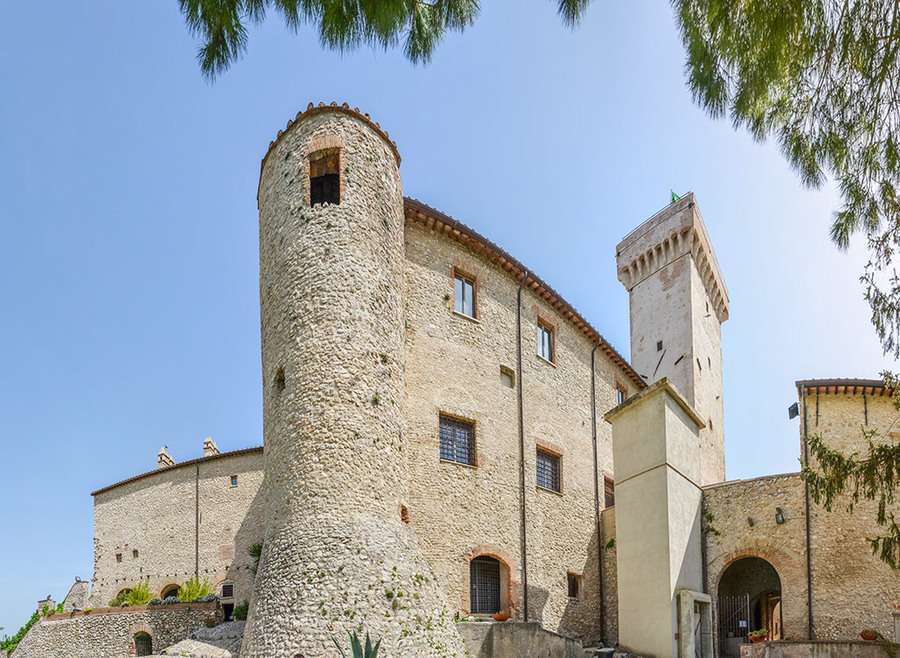
The Abbey of San Giovanni in Argentella
The origins of the Abbey of San Giovanni in Argentella of Palombara Sabina are not entirely certain.
Both inside and outside the Abbey it is possible to note the benedictine influence. The structure is erected with yellow tuff stones.
Inside the Abbey of Palombara Sabina you can admire several frescoes. The church is now a National Monument.
The convent of San Nicola
According to some testimonies it seems that the ancient convent of San Nicola di Palombara was connected by an underground tunnel to the Abbey of San Giovanni.
You can reach what remains of the convent either on foot (about 20 minutes) or by car.
Today only a few Romanesque-style remains remain of the convent.
From here you can also admire a wonderful view over the Roman countryside.
The churches
If you are in Palombara Sabina you must visit the churches: Sant’Egidio, San Biagio and Santa Maria Annunziata.
The Church of San Biagio is among the oldest in the country. It was born in 1101 and inside it is possible to admire various works including the Madonna and Child by Antonio da Viterbo and the Glory of San Biagio by Raffaele Casnedi.
The parish church of Sant’Egidio dates back to 1216. There is no certain information about this church except that a parish was erected at the end of 1500. Inside it is possible to admire various works of art including the statue of Sant’Egidio Abate by an unknown artist.
The Church of Santa Maria Annunziata dates back to 300. The style of the church is a mixture of Romanesque and Baroque.
The events of Palombara Sabina
The Patron Saint of Palombara Sabina, on February 3, is San Biagio.
There are two festivals that are celebrated in this village: the Cerase festival in June and the day of Bacchus in November.


